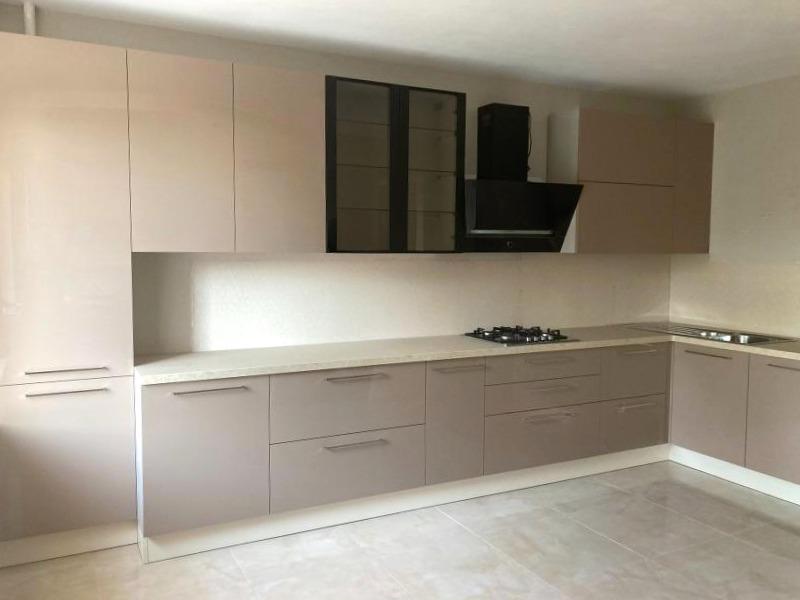
Culinary Spaces Redefined: Essentials
Introduction to Modern Culinary Spaces
The heart of the home, the kitchen, has evolved beyond its traditional role as a space solely for meal preparation. In the modern home, culinary spaces are becoming multifunctional hubs for cooking, dining, socializing, and entertaining. The redefinition of these spaces involves integrating cutting-edge technology, innovative design, and a focus on sustainability. This shift reflects the contemporary homeowner's desire for a more inclusive and adaptable environment.
Creating an Efficient Layout
The layout is critical when redefining a culinary space. The classic 'work triangle' concept, which emphasizes easy access between the stove, refrigerator, and sink, is now being enhanced with zones designed for specific tasks such as prepping, cooking, and cleaning. Smart storage solutions and clutter-free countertops are also key components of a well-planned kitchen layout, ensuring a seamless and aesthetically pleasing culinary environment.
Embracing Technology and Innovation
Incorporating technology into the culinary space has become essential for the modern cook. From appliances with smart connectivity to devices that assist with recipe planning and execution, technology is an indispensable aspect of the contemporary kitchen. Innovations such as induction cooktops, precision ovens, and advanced refrigeration systems redefine what it means to have a state-of-the-art culinary space.
Sustainable Practices and Materials
Sustainability is not just a trend; it's an essential consideration for modern kitchens. Homeowners are increasingly opting for eco-friendly materials such as bamboo, recycled glass countertops, and energy-efficient appliances to minimize their environmental impact. Additionally, composting solutions and waste-reducing practices are being integrated into kitchen designs to promote a greener lifestyle.
Design Elements: Aesthetic Meets Function
When redefining culinary spaces, the aesthetic is as important as function. Homeowners are seeking a balance between sophisticated design and user-friendliness. This balance is achieved through the use of sleek lines, bold color schemes, and textures that enhance the overall look without compromising on practicality. The inclusion of elements such as open shelving, statement lighting fixtures, and ergonomic hardware contribute to the creation of a visually stunning yet highly functional culinary space.
Integrating Dining and Social Spaces
The modern culinary space extends beyond cooking and into the realm of dining and socializing. Open floor plans that merge kitchens with living and dining areas accommodate the social dynamics of today's families and entertainers. This design approach fosters a sense of community and warmth, making the kitchen a place where memories are made, and social bonds are strengthened.
Conclusion: The Heart of the Home Reimagined
The redefined culinary space is a reflection of changing lifestyles and priorities. By incorporating efficient layouts, advanced technology, sustainable practices, aesthetic design elements, and integrated social zones, homeowners are creating kitchens that are not only beautiful but also enhance their daily lives. The kitchen continues to be the heart of the home, but now it beats with a rhythm that resonates with the needs of the modern world.
``` This text content is structured with headings and paragraphs, suitable for inclusion within a larger HTML document, detailing the essentials of redefined culinary spaces.